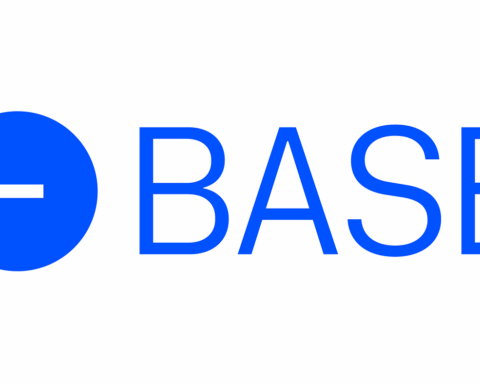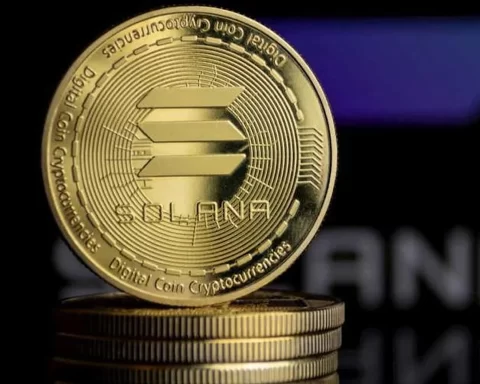Bitcoin (BTC) may be entering the end of its bear market cycle, predictions from analytics firm Glassnode have noted this week.
Data from the firm has hinted that the market may have reached its macro price bottom due to ongoing seller behaviours.
The analysis from the website’s Seller Exhaustion Constant also revealed that the BTC network was weathering its “perfect storm” of high on-chain losses.
In the latest hint that Bitcoin’s latest bear market is nearing its end, Glassnode has revealed that the network is currently weathering a “perfect storm” of low volatility and high on-chain losses.
Twitter posts indicated that the rarity of the market bottom would result in upside volatility, ending the bear market.
The #Bitcoin seller exhaustion constant has recorded the lowest value since November 2018.
— glassnode (@glassnode) November 3, 2022
This metric reaches such levels when volatility is low, but losses realized on-chain are high.
6-of-7 similar levels in the past preceded volatility to the upsidehttps://t.co/RZf0bn2UQB pic.twitter.com/YFta3DTrkV
According to the Thursday tweet, the Bitcoin seller exhaustion constant had “recorded the lowest value since November 2018.”
Such metrics took place with low volatility, but “losses realized on-chain are high.”
The tweet concluded that “6-of-7 similar levels in the past preceded volatility to the upside.”
1/ Bitcoin’s short-term holder cost basis has crossed below its long-term holder cost basis for only the 4th time ever.
— Yassine Elmandjra (@yassineARK) October 4, 2022
This cross historically marks a cyclical bottom.
New edition of The Bitcoin Monthly is officially out, feat guest author @WClementeIIIhttps://t.co/qiQWSZ9yJr pic.twitter.com/O6EQLxbnlq
ARK Invest and David Puell, who created the Puell Multiple indicated, created the Seller Exhaustion Constant.
According to Yassine Elmandjra, it is calculated by “the percentage of bitcoin total circulating supply in profit multiplied by its volatility over the last 30 days.”
He said in a Friday tweet that Bitcoin’s short-term holder cost basis had “crossed below its long-term holder cost basis for only the [fourth] time ever.”
He concluded: “This cross historically marks a cyclical bottom.”




